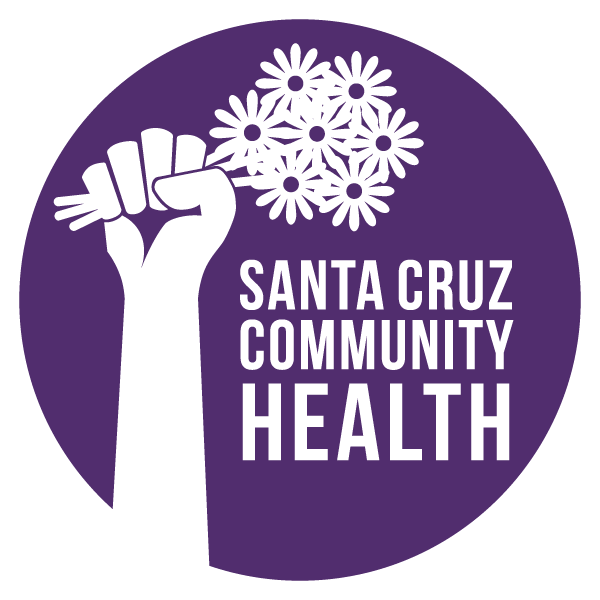
Santa Cruz County shows mixed progress in addressing causes of decreased life expectancy
By Dr. Casey Kirkhart
The CDC recently reported a decrease in the life expectancy of Americans for the third consecutive year, a trend not seen in more than a century. People of other western nations are living longer; Americans are dying younger. Why? Experts point to the “Disease of Despair,” experienced by people who struggle with poverty, homelessness, trauma, and severe depression and who try to cope through sometimes deadly means — opioid overdose and suicide.
Clinical staff at Santa Cruz Community Health Centers see a glimmer of hope — and life — for people with opioid use disorder and addiction. From 2016 to 2017, the number of deaths in Santa Cruz County from opioids like heroin, oxycodone and fentanyl decreased by half from 35 to 18. In 2016 only eight counties in California had more opioid overdose deaths than Santa Cruz. In 2017, 20 counties had more deaths than in Santa Cruz, according to the California Department of Public Health.
We are prepared to continue the life-saving trend with an explosion of resources, services and efforts to not only prevent death from opioid overdose, but prevent and treat people addicted to heroin and opioid medication. Law enforcement keeps deadly fentanyl off the street; first responders and health care providers distribute Narcan to reverse death from opioid overdose; physicians, surgeons, dentists and pharmacists prescribe opioids more carefully and appropriately; and more Santa Cruz County residents have more access to addiction treatment services and medications, like methadone and Suboxone, than ever before.
In our county, however, the dark despair of suicide takes its toll on families, friends and neighbors. Despite an expansion of Medi-Cal and medical, behavioral and mental health services, there have been at least 34 suicides annually in our county from 2008 to 2017, according to Santa Cruz County Sheriff’s Office data reported by the Sentinel. Self-inflicted deaths peaked in 2016 with 49; there were 37 last year.
Alcohol and methamphetamine use is on the rise and is hard to treat. Many of us are still struggling to find a safe, affordable place to live; to connect with others in meaningful relationships; to be freed from past and present trauma; to find purpose and full potential in work and in life; or to find help from those who might help rebuild a shattered life.
In our practice at the Santa Cruz Community Health Centers, we see the very real effects of the “Disease of Despair.”
More than half our patients live below the Federal Poverty Line and there is an uptick in the number of children living in extreme poverty. More than 700 of our patients are homeless, and of those, about 150 are under age 18. Addiction and post-traumatic stress disorder (PTSD) are prevalent. Depression and anxiety are among our top diagnoses for all our patients.
Our medical and behavioral health providers, case managers and nurses do heroic work on a daily basis to ensure the best treatment available. We partner with many local agencies to save lives. The Sentinel recently showed us how Santa Cruz Deputy Police Chief Rick Martinez helped a woman in crisis and saved her from taking her own life.
At Santa Cruz Community Health Center’s two clinics, we’re seeing the commitment and progress our County has made to treat addiction and prevent opioid related death is working. But we are losing too many loved ones to suicide. Suicide is a symptom of the “Disease of Despair.” We as a community must commit to make treatment a priority: safe, affordable, stable housing for everyone; jobs and opportunities for those who wish to give back to their communities and improve their own lives; excellent schools, health centers, businesses, and social service agencies whose teachers and staff can afford to live in the communities they serve; and a culture of kindness, acceptance, mutual support, and growth that allows every one of us to reach our full potential.
It is not enough to merely survive. We must thrive.
Read the Op-Ed on Sentinel.com
Casey KirkHart, DO, serves as Chief Medical Officer at Santa Cruz Community Health Centers.


 center
center